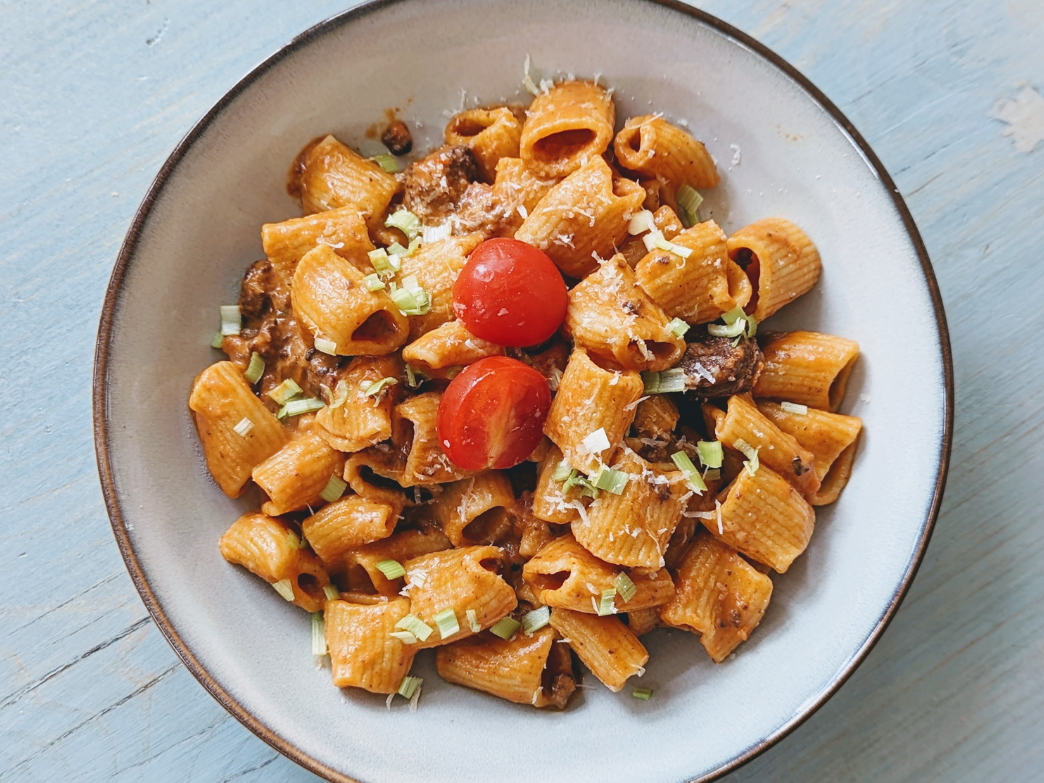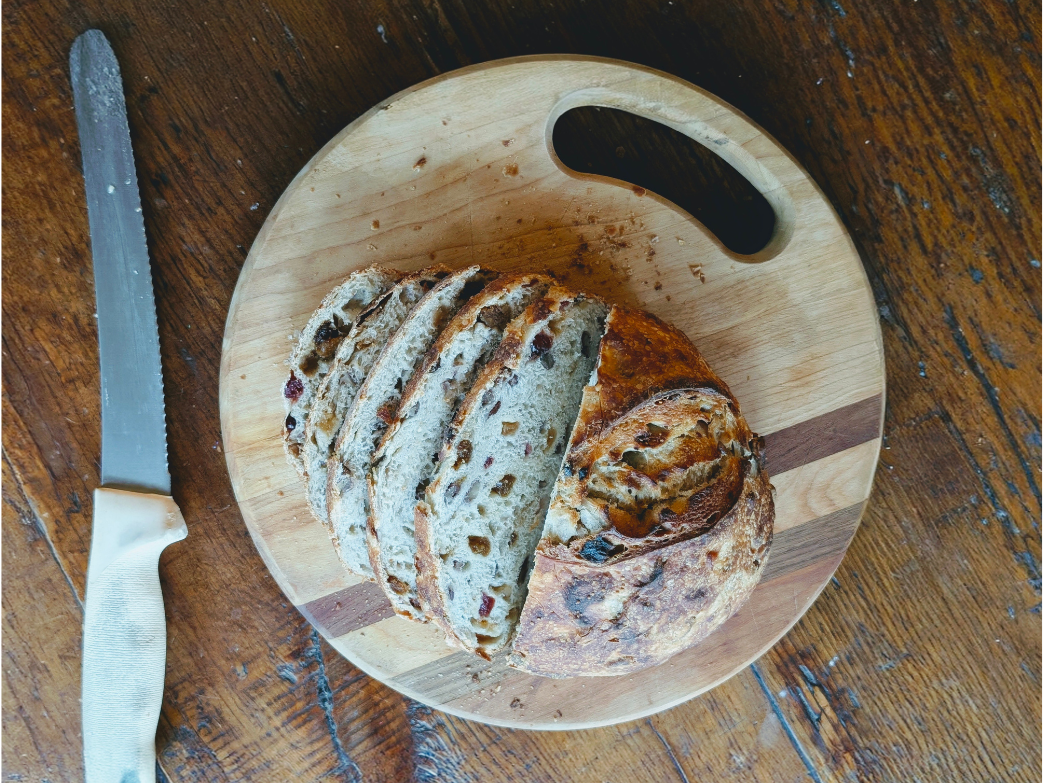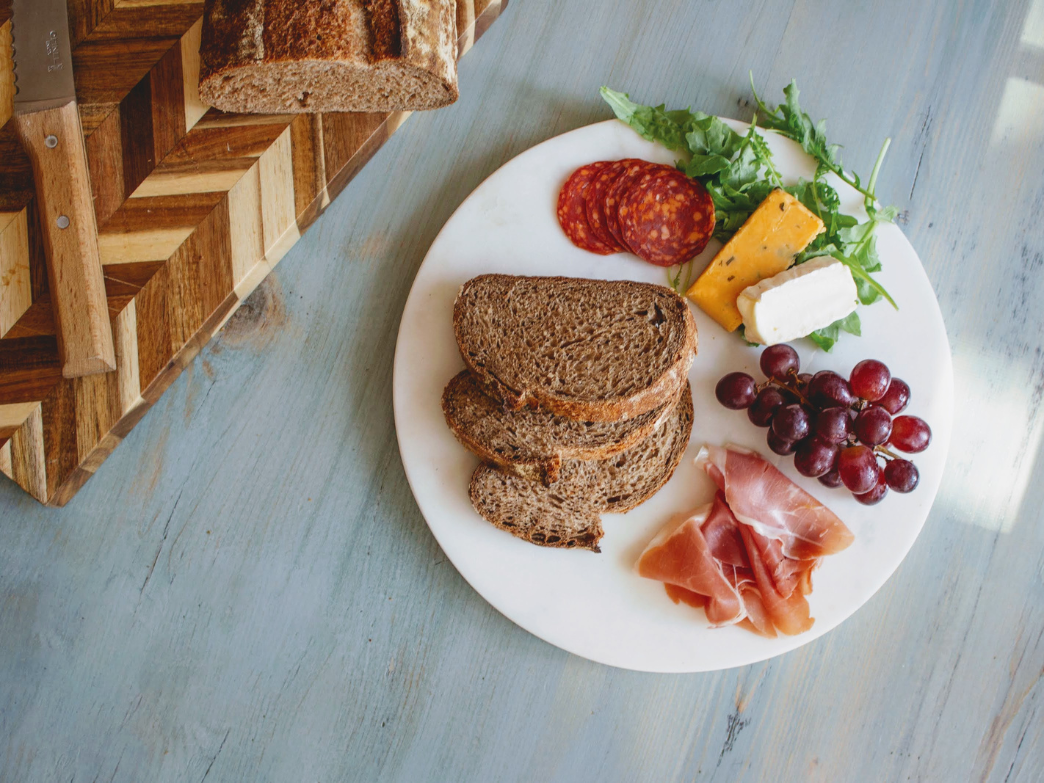By Lucy Yanckello, Ph.D.
Grains are a plant-based food that are an essential part of a healthy diet, providing us with vitamins, minerals, and complex carbohydrates. However, not all grains are created equally – refined grains do not provide as much nutritional value as whole grains. Read on to learn more about the difference between several types of grains and how they can add various benefits to your diet.
What is healthier to eat: farro or pasta or barley or rice?
All grains have a place in a healthy diet. Farro and barley, being whole grains, contain more fiber and health benefits than white pasta or white rice. Barley and farro are similar in that they are high in fiber and also contain protein. Fiber content allows barley and farro to play a role in lowering cholesterol and strengthening the immune system. The protein content will allow you to feel fuller for longer, helping to curb cravings. Although both white rice and pasta are good sources of carbohydrates, they are not whole grains, so they have lower fiber and protein content than farro or barley.
What is the difference between farro vs. pasta? Is pasta or farro healthier?
Farro and pasta are both great carbohydrate options. Farro has 7 grams of protein and fiber per quarter cup and also has 10% of the various vitamins and minerals including iron, magnesium and B vitamins that you need in a day. Some types of pasta are refined, meaning the whole grains are stripped out, causing many of the nutrients to be removed. In some cases, the refined pasta is enriched, meaning that some of the nutrients, such as B-vitamins and iron, are added back in. Refined pasta, even if it has the nutrients added back in, is lower in protein and lower in fiber. In a quarter cup of cooked pasta, there are 2 grams of protein and 0.5 grams of fiber. As a result, pasta may feel less satiating than farro.
What is the difference between barley vs. pasta? Is pasta or barley healthier?
Because farro and barley are so similar, the comparison between barley and pasta is comparable to that of farro and pasta. A quarter cup of barley contains 6.5 grams of protein and around 8.5 grams of fiber. It also contains around 10% of the recommended daily intake of iron, copper, and various B vitamins. As stated above, pasta has higher carbohydrates and calories and lower fiber and protein, even when enriched, so pasta may not feel as satiating as barley.
What is the difference between barley vs. farro? Is farro or barley healthier?
Barley and farro are very similar in their health profile. One quarter cup of barley contains 6.5 grams of protein, around 8.5 grams of fiber, and various vitamins and minerals, in addition to important antioxidants such as vitamin E and beta-carotene. Antioxidants are important to protect against and repair cell damage caused by oxidative stress. A quarter cup of farro contains 6 grams of protein, 5 grams of fiber, and also provides around 10% of the recommended daily intake of B vitamins, magnesium, zinc, and iron. Zinc is essential for a healthy immune system, magnesium helps keep our bones strong, nerves and muscles healthy, and our heartbeats regular. B vitamins are necessary to help break down and convert food into energy all while keeping hair, skin, and eyes healthy. Both barley and farro contain various similar health benefits that would be beneficial in any diet.
Which is better for a diabetic: barley or farro or rice or pasta? Is barley good for diabetics? Is farro good for diabetics?
Whole grains are going to be better for diabetics as the glycemic index (GI) is lower for whole grains – these foods contain more fiber and minerals that slow digestion. GI is a system that allows food to be classified according to its effect on blood sugar levels. The scale classifies food as low, medium, and high GI on a scale of 0-100. Lower GI values mean the food has less of an effect on blood sugar levels. Selecting the right type of grain for you can play an important role in managing health and controlling blood sugar without sacrificing taste or nutritional value.
White rice has the highest GI of the four at 70, pasta has a GI of 50, farro has a GI of 45, and barley comes in lowest with a GI of 25. Low GI is classified at 55 or less, whereas high GI is classified as 70 or above. This classification puts barley, farro, and pasta in the low GI category, whereas rice is considered to be a high GI food.
Which is the best for weight loss: barley or farro or pasta or rice? Is barley good for weight loss? Is farro good for weight loss?
Barley and farro are similar in that they are high in fiber and also contain protein. Fiber content, along with B vitamins and other minerals allow barley and farro to play a role in lowering cholesterol and slow down digestion. This, along with the protein content will allow you to feel fuller for longer, helping to curb cravings and reduce snacking. As weight loss comes from a caloric deficit, the reduction in cravings and snacking is vital to the process.
Where can I buy the best fresh pasta online?
At Wildgrain, we specialize in making high-quality, fresh pastas that are delivered directly to your door. Wildgrain is the first bake-from-frozen delivery subscription service for breads, pastries, and fresh pastas. Some of our popular pastas include potato gnocchi, cheese tortellini, fresh fettuccine, and fresh tonnarelli. Learn more about Wildgrain and our artisanal baking and cooking methods.
About the Author
Lucy Yanckello received her Ph.D. in nutrition from the University of Kentucky College of Medicine. She currently works as a medical writer and enjoys being able to help people better understand nutrition and science.
This content is for informational use only and does not replace professional nutrition and/or medical advice, diagnosis or treatment. It is not a substitute for and should not be relied upon for specific nutrition and/or medical recommendations. Please talk with your doctor about any questions or concerns.



